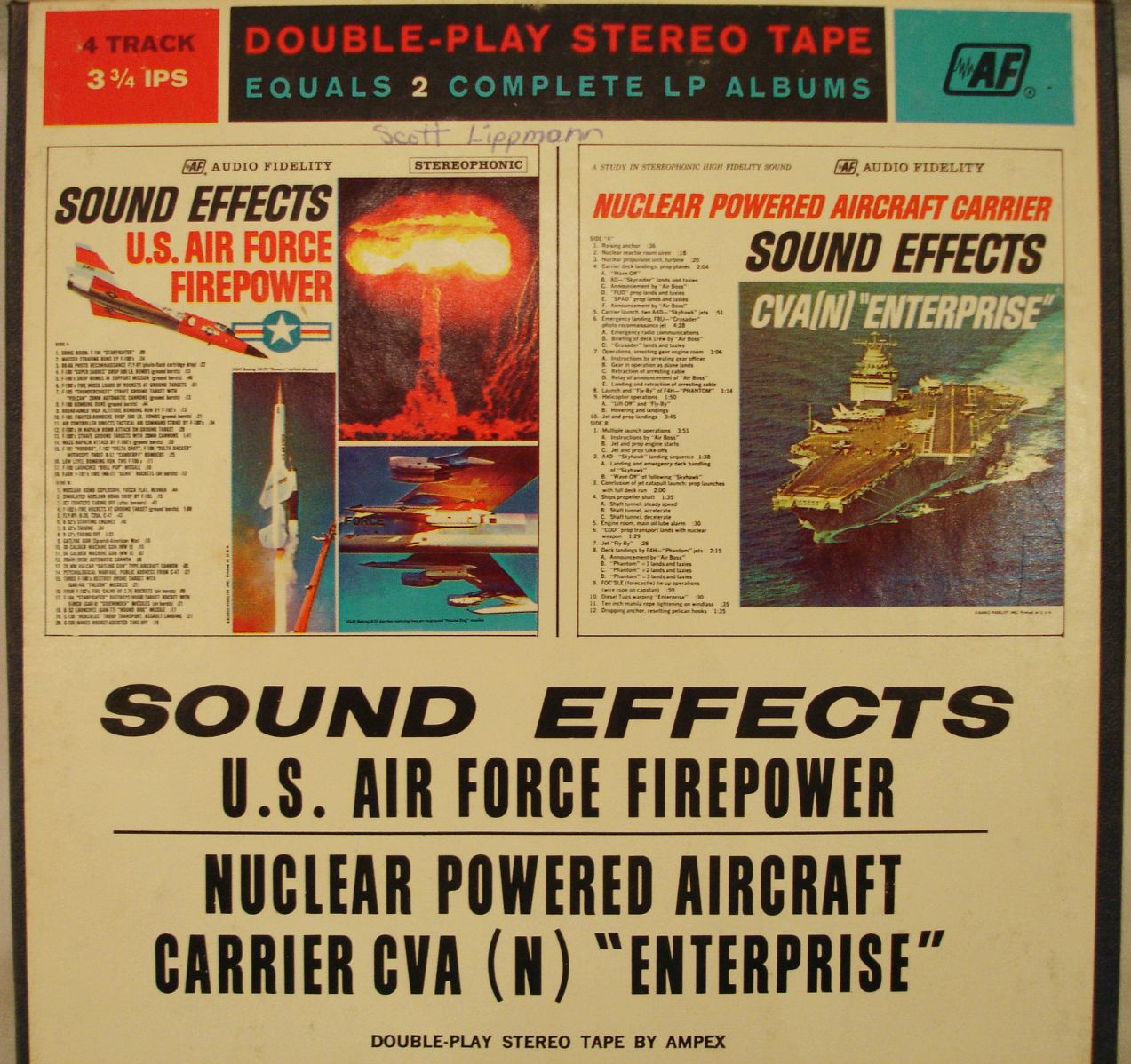Hello,
I am setting up a home studio and am working with a tight budget. I only see monitors, in my price range, that go as low as 50Hz. (I have ordered the KRK Rokit Powered 4.)
Despite desirable features of the aforementioned model, its 50 (51 rated) Hz bottom leaves 30Hz in between the lowest audible range as unmonitored via such monitors.
A couple questions, please, as possible means to overcome this limitation:
Of note, my end-use in format played is MP3, CD downloaded from WAV files, and app streaming. (Even though providing free downloading of songs, I would like mixes that the average listener would not distinguish from a commercial studio for these end-use formats--as such skills become advanced, of course.)
If I initially mix down with phones, using Beyerdynamics DT770, and recheck bottom end with semi-open phones (AKG-K240, which I've ordered since I've read semi-open phones lessen sound pressure in cans), is it reasonable to assume that if my KRK speakers monitor check of my phone mix sounds sufficiently similar down to 50 Hz and everything on both phones sounded good down to 20 Hz, should I be able to trust the mixed 30Hz below my monitors?
Additionally of question, my new multitrack recorder has a wide-capacity built-in mixer that allows on the units' 3" screen visually seeing 20 to 20KHz sweeping for EQing. Would this be practical in seeing if the phones are possibly hyped or start low in dB level in the 20 to 50Hz range?
I nor my friends do not have a hi-fi home stereo or high quality car sound system, so burning a CD is not practical.
Thank you for your insights, JeffF.
I am setting up a home studio and am working with a tight budget. I only see monitors, in my price range, that go as low as 50Hz. (I have ordered the KRK Rokit Powered 4.)
Despite desirable features of the aforementioned model, its 50 (51 rated) Hz bottom leaves 30Hz in between the lowest audible range as unmonitored via such monitors.
A couple questions, please, as possible means to overcome this limitation:
Of note, my end-use in format played is MP3, CD downloaded from WAV files, and app streaming. (Even though providing free downloading of songs, I would like mixes that the average listener would not distinguish from a commercial studio for these end-use formats--as such skills become advanced, of course.)
If I initially mix down with phones, using Beyerdynamics DT770, and recheck bottom end with semi-open phones (AKG-K240, which I've ordered since I've read semi-open phones lessen sound pressure in cans), is it reasonable to assume that if my KRK speakers monitor check of my phone mix sounds sufficiently similar down to 50 Hz and everything on both phones sounded good down to 20 Hz, should I be able to trust the mixed 30Hz below my monitors?
Additionally of question, my new multitrack recorder has a wide-capacity built-in mixer that allows on the units' 3" screen visually seeing 20 to 20KHz sweeping for EQing. Would this be practical in seeing if the phones are possibly hyped or start low in dB level in the 20 to 50Hz range?
I nor my friends do not have a hi-fi home stereo or high quality car sound system, so burning a CD is not practical.
Thank you for your insights, JeffF.
Last edited:


